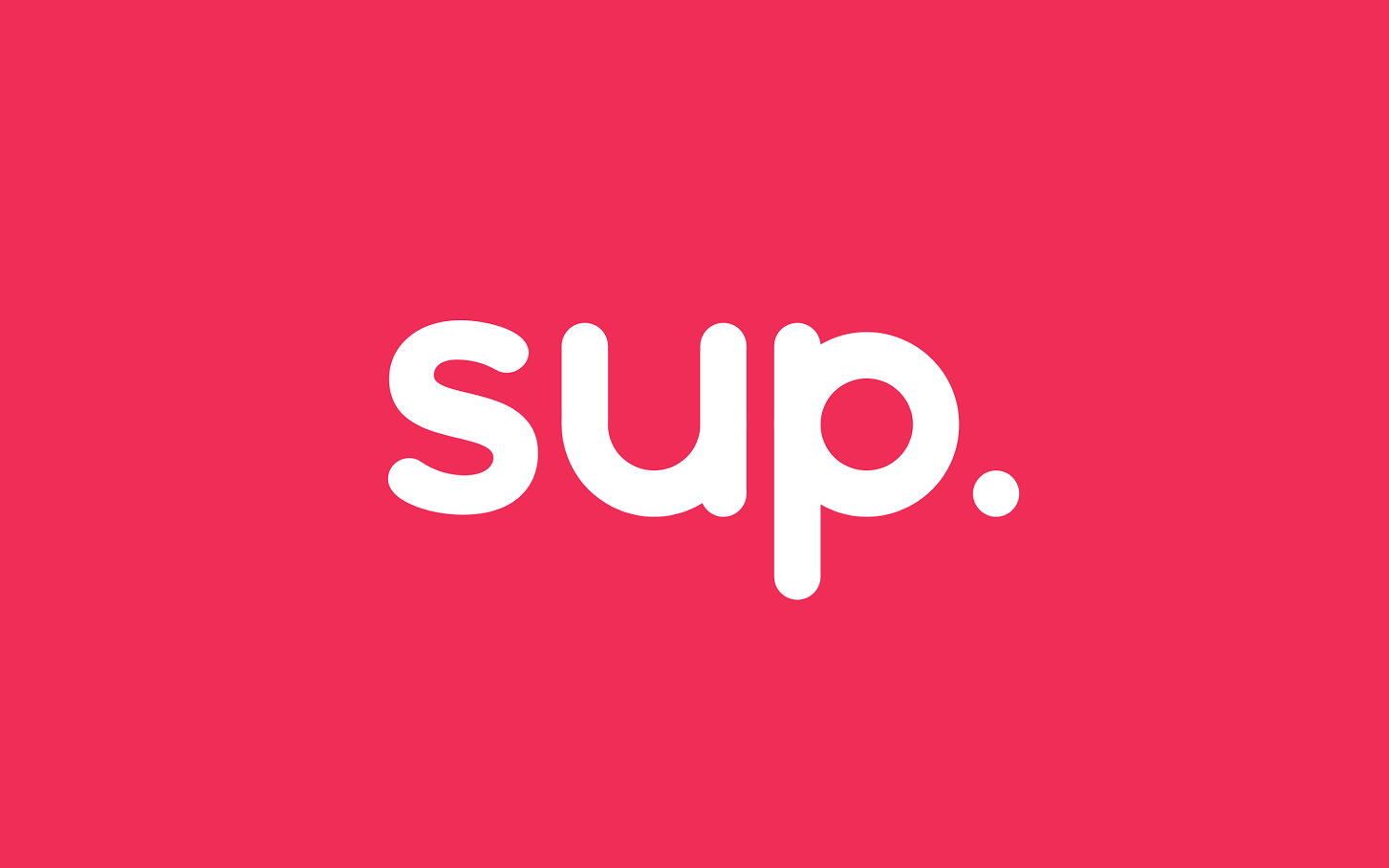Bumping randomly into an old friend is one of life's great pleasures. Unfortunately, that rarely happens, even if they were in the same area. The problem is we just didn't know. We spoke to Sup on how to resolve the annoyance of missed encounters, because frankly, we've had too many.
Why is it so hard to meet people? Perhaps the team behind Sup, who created an app that “facilitates the beauty of serendipitous meet ups," has the answer.
Pierre Joshua, UI/ UX designer at Sup, tells me it’s because we’re all “slaves to our own calendar." We live in a society where we’re all passing each other by. We can’t help but feel disappointed, too, when we know that someone was nearby and we missed the chance to say hello. Sup understands the frustration of it all. “Perfectly aligning your schedule with friends is so difficult and it so often feels like you’re arranging a meeting when you’re trying to book in time for a beer. In reality, your friends are likely to be close by and up for chilling, but you just don’t know it."
Serendipity is at the heart of Sup. “We want," Pierre tells me “for you to see that friend you didn’t realise was in town when you least expect it.” This convenient way to meet friends by focusing on proximity is perfect for those who want more connection, but don't seem to find the time.
But doesn't this have a stalking undertone to it? Thankfully, the team behind Sup cares a lot about privacy and have already thought about this potential ‘creep factor'. The app uses a non-directional radar based system, which means there are no maps involved. So instead of knowing someone's exact location, you only know when they're nearby. You can either connect with new people by choosing to see everyone on your radar, or you can reconnect with friends by filtering out the rest. There’s also an opportunity to go off the grid with the 'go dark' mode for days when you just want space.
When it comes to developing the product, clarity and ease of use are two driving forces for the Sup team. By “offering a great amount of utility with very little effort on the part of the user” Pierre tells me “is the way we become a necessity and in turn grow." This respect for utility is what makes the app incredibly smooth to use, easy to understand, and vibrant to look at.
Introducing new designs can be tricky too. “It can be pretty difficult,” Pierre explains, “to communicate the vision for new designs with wireframes, so Marvel allows me to make it super clear for the team and beta users.”
“It can be pretty difficult to communicate the vision for new designs with wireframes, so Marvel allows me to make it super clear for the team and beta users.”
First impression counts a lot when it comes to the digital landscape. Products are judged more critically because they don’t have feelings (though we tend to forget that the people who make them do). Onboarding with a prototype is a great way to demonstrate the value of a product, as opposed to explaining it, and keeps the momentum going. “Right now we are using Marvel to prototype new features with motion to help the team and our select users to experience the importance of motion in app design.” Motion allows the app to feel more animated when used, it gives it personality, and as a result, the whole experience is less static. Pretty isn’t the first thing the Sup team thinks about when it comes to designing; instead, they focus on "offering that instant utility,” which is prompted by constantly asking the question: “Will this help users see their friends more?"
This isn’t just social discovery, it’s socialising.
Of course, meeting up with friends, consequently, also begs the question: where should we hang out? When asked about the future, Pierre says that “Right now it’s about who’s around you. In the not too distant future, we want to address the next question that’s triggered after you’ve met a friend: what’s nearby?" This isn’t just social discovery, it’s socialising. Could Sup be the antidote to the current epidemic that is FOMO? Well, it’s certainly on its way.



